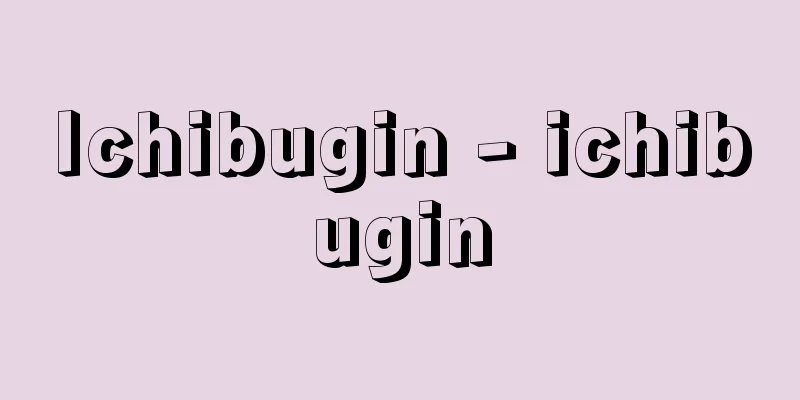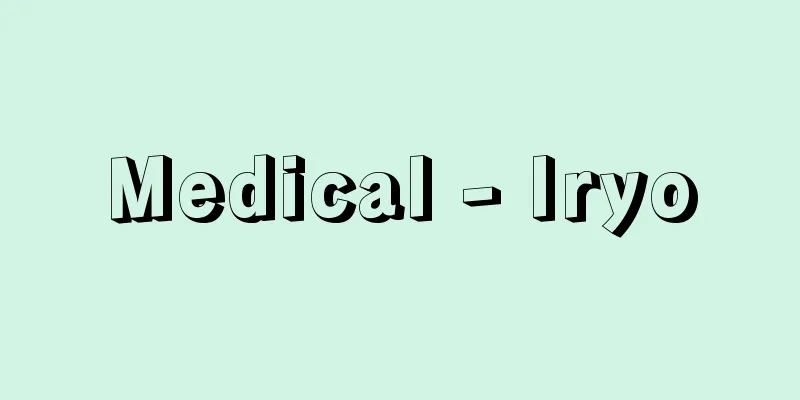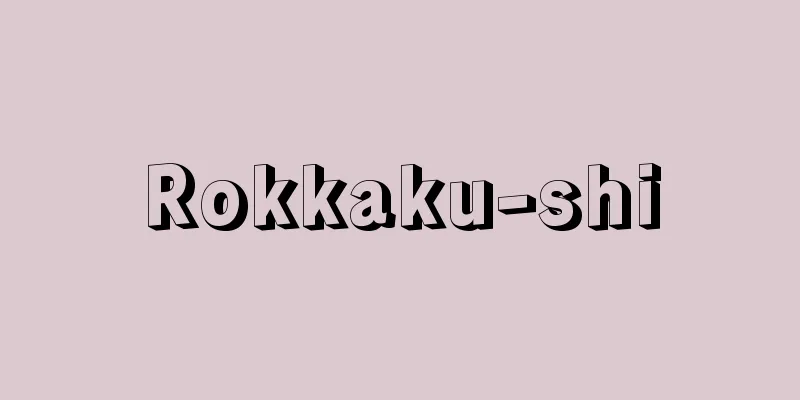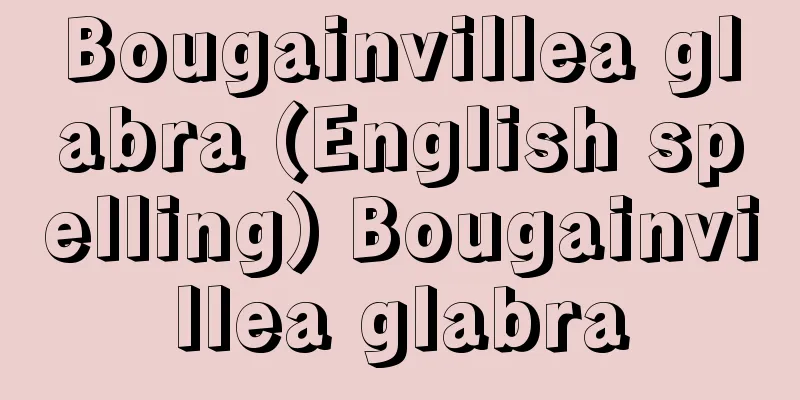Ichibugin - ichibugin

|
A denomination silver coin with a face value of one bu of gold issued by the Ginza from 1837 (Tenpo 8) to 1869 (Meiji 2). Four coins were equivalent to one koban coin. It has the same rectangular shape as the ichibu gold coin, and has a frame pattern of 20 small cherry blossoms lined up on both sides. It weighs 2.3 momme and is of "jogin" purity. However, it was originally almost pure silver, but was recoined in 1859 (Ansei 6) to a purity of 89%, and in 1868 (Meiji 1) to 81% purity. Since the first denomination silver coin, Nanryo nishu silver (eight coins equivalent to one koban coin), was issued in 1772 (Anei 1), ichishu silver coins were also minted during the Bunsei recoinage period, and gold-grade silver coins were increased in issue as the 19th century began, replacing gold coins. The materials used for these coins were weighted silver coins such as chogin and mamebangin, which led to the so-called "emptying of silver coins" in the silver-using economic zone centered in western Japan, where transactions were made in silver coins while "gold coins" were given and received for settlement. Tenpo ichibu gin silver coins were minted and used in greater quantities than koban and ichibu gold coins, which were literally gold coins, and grew to become the standard currency of Japan during the Ansei port opening period. [Masaru Iwahashi] "Illustrated Catalog of Japanese Currency 4" edited by the Research Department of the Bank of Japan (1973, Toyo Keizai Shinposha) " ""Money and Credit in the Early Modern Period" by Masaru Iwahashi (included in "The History of Distribution Economy" edited by Eiji Sakurai and Satoshi Nakanishi, 2002, Yamakawa Publishing)" Source: Shogakukan Encyclopedia Nipponica About Encyclopedia Nipponica Information | Legend |
|
1837年(天保8)から1869年(明治2)にわたって銀座が発行した金一分を額面とする計数銀貨。4個で小判1枚に相当した。一分金と同じ短冊形で、表裏とも小桜花が20個並ぶ額縁模様がある。重量は2.3匁で、品位は「上銀」。ただし当初ほぼ純銀だったが、1859年(安政6)に改鋳されて89%、1868年(明治1)には81%の純分率となった。計数銀貨としては1772年(安永1)に初めて発行された南鐐(なんりょう)二朱銀(8個で小判1枚に相当)以降、文政改鋳期には一朱銀も新鋳されていて、金貨に代わる金位の銀貨が19世紀に入ると増発された。その素材となったのは丁銀・豆板銀などの秤量銀貨であって、これにより西日本を中心とする銀遣い経済圏では銀目建てで取引しながら、決済では「金貨」を授受する、いわゆる「銀目の空位化」が進行した。天保一分銀は文字通りの金貨である小判・一分金よりも大量に鋳造・使用され、安政開港期には日本の標準貨幣になるまでに成長した。 [岩橋 勝] 『日本銀行調査局編『図録 日本の貨幣4』(1973・東洋経済新報社)』▽『岩橋勝著「近世の貨幣と信用」(桜井英治・中西聡編『流通経済史』所収・2002・山川出版社)』 出典 小学館 日本大百科全書(ニッポニカ)日本大百科全書(ニッポニカ)について 情報 | 凡例 |
Recommend
visual purple
…Also called visual purple. A purple-red pigment ...
Paeonia tenvifolia (English spelling)
…[Hiroshi Aramata]. … *Some of the terminology th...
Pease, ER (English spelling) PeaseER
…a British socialist organization. It was founded...
Kano Soshu
1551/52-1601/02 A painter from the Azuchi-Momoyam...
Sawfish - Sawfish
A general term for a family or genus of the order...
reciprocal altruism
...In this case, the individual being helped must...
Melon Weaving Princess - Melon Weaving Princess
...This is a folk tale with a girl born from a me...
Nail hiding - Kugakikashi
A wooden or metal decoration attached to a nagesh...
Kazakh Soviet Socialist Republic
…Official name = Republic of KazakhstanKazakstan ...
Black Rain
A full-length novel by Ibuse Masuji. It was seria...
States' Rights Theory
In the United States, which is a federal state, u...
Intermittent boiling spring - Kanketsu Futtousen
...There are two types of geysers that gush out i...
Cripps Mission
In March 1942, as the situation in World War II wo...
Gros Tournois (English spelling)
…Meanwhile, the minting of silver coins continued...
Jin-yi-wei; Chin-i-wei
One of the imperial guards of the Ming Dynasty in ...









